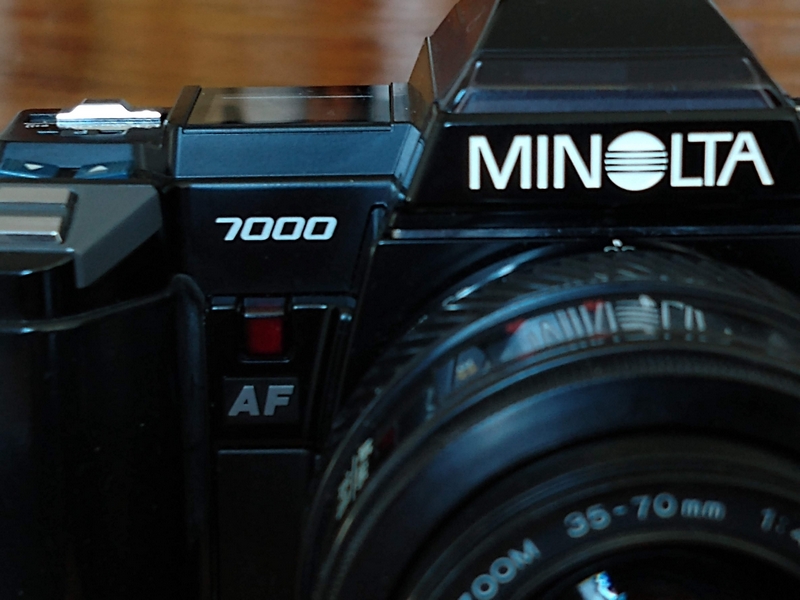

The second version had bakelite knobs instead of chrome. Both had the same fixed focus unnamed f/8 lens. The first version had chrome-plated knobs and was initially equipped with a Art Deco style Marble shutter, later replaced by a more plain-looking shutter, although still branded Marble. Both the Six and Vest were made of bakelite, also rather unusual at the time, certainly for large cameras such as the Minolta Six. It shared this feature with the Minolta Six, a larger 120 rollfilm camera, which was introduced a few years later (see below, including a photo of both cameras together). One of the first was the 1934 Minolta Vest, a 127 rollfilm camera with a 4圆.5 cm frame size having an unusual and innovative segmented collapsible lens construction instead of the more common bellows supported by struts. For the moment I am also trying to stick to my 'no SLR policy', one has to draw a line somewhere!Ĭonsidering Minolta's success in making compact and SLR cameras, it is probably little known that Minolta started out with making a range of medium format folding and TLR cameras. The same counts for Minolta's flirtation with Leica style cameras. Eventually I'd like to go further back in Minolta's history but money quickly becomes an issue. One could build an enormous collection of Minolta cameras very easily, but so far I have restricted myself mostly to cameras that I find interesting and perhaps less well known (update: this is no longer really true.).

A little to my dismay in fact, as prices of some lenses have recently gone through the roof. The popularity of its NEX series, together with four thirds cameras of other brands, is even causing a resurgence of interest in vintage lenses. However, Sony has taken up the legacy and, after a slow start, it is revolutionising the digital market as we speak. Minolta has a long history and was a very innovative company, it is unfortunate it stopped making cameras. When I found out you could buy fantastic older Minolta lenses for reasonable prices I never looked back. My first proper camera was a Minolta, a Dynax 500 SLR, as it was the most affordable at the time (mid 90s). Most cameras on this site are German cameras from the 1930s to 50s, but Japanese Minolta holds a special place in my collection.


 0 kommentar(er)
0 kommentar(er)
